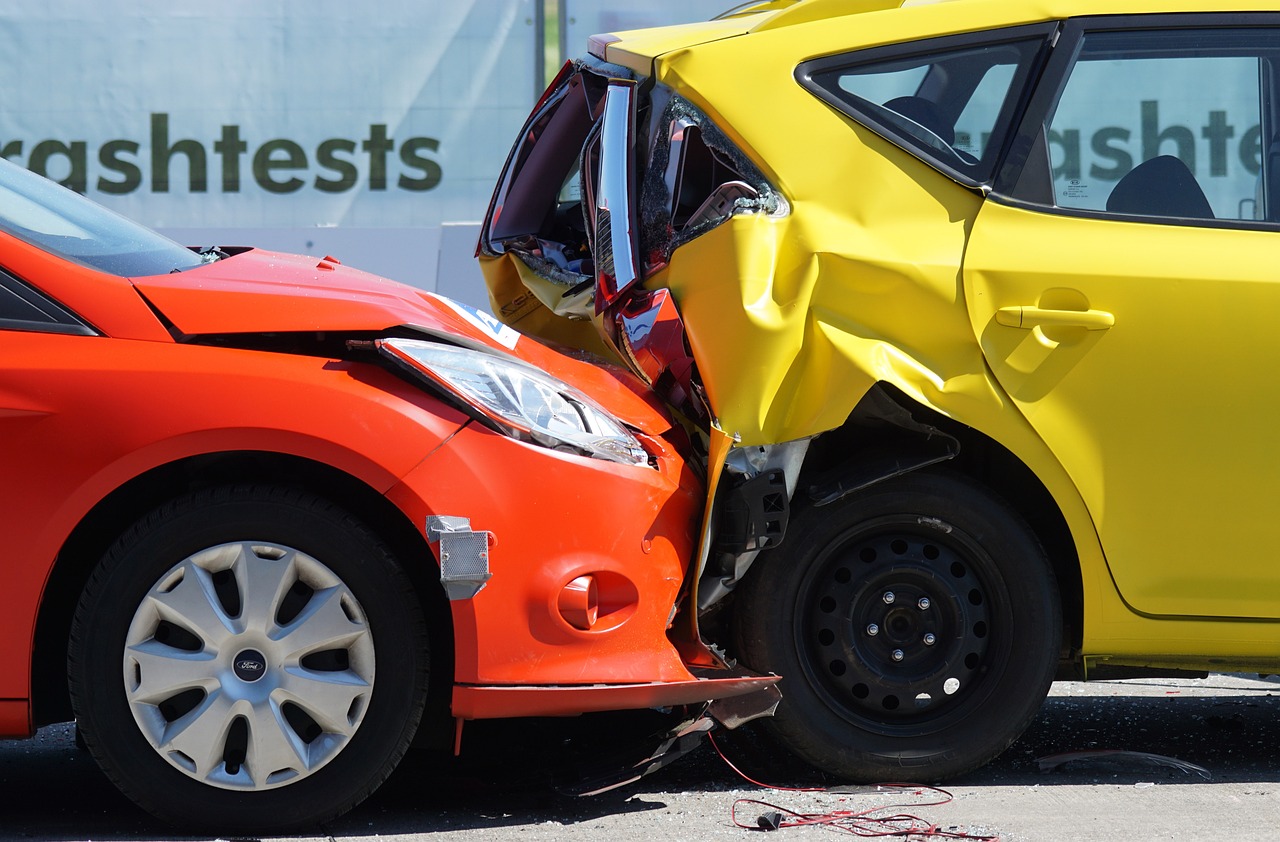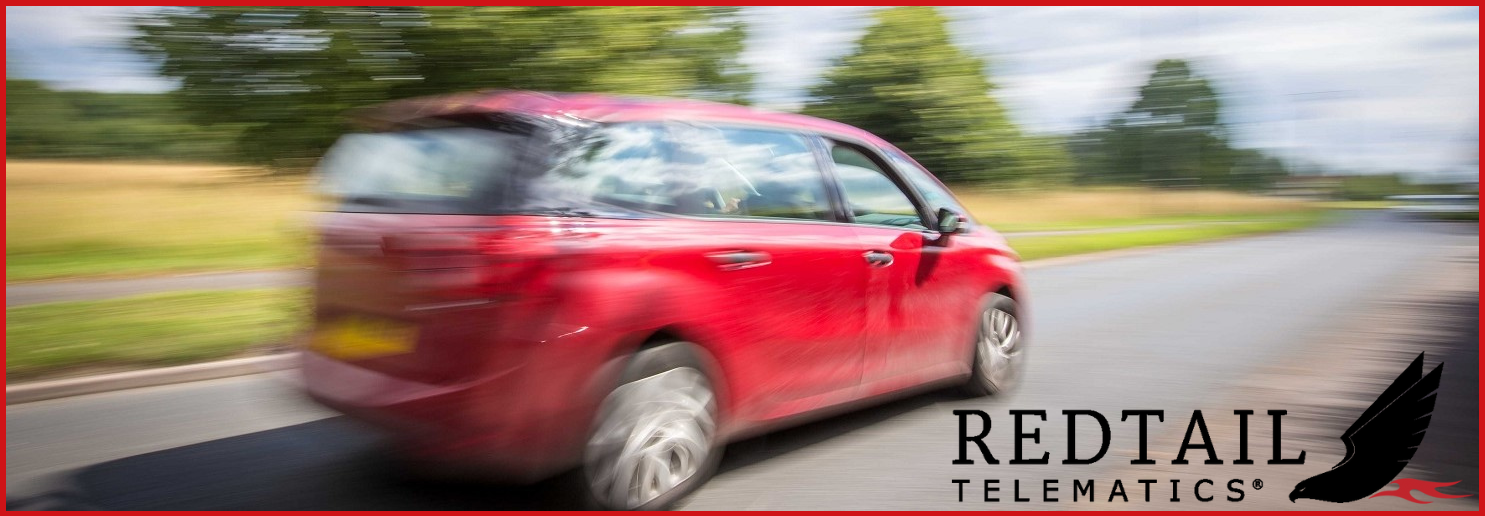How much motor insurance fraud
There were 42.5k instances of motor insurance fraud in 2022. The average value of each incident was £15k. This data was revealed by a recent ABI article.
Wow!
Types of motor insurance fraud – cash for crash
There are several types of motor insurance fraud.
So-called ‘cash for crash’ is one. Highway Code Rule 126 states that you should ‘leave enough space between you and the vehicle in front’ – meaning that the driver at the back of a collision is usually found at fault.
Criminal gangs will monitor traffic at stop-start locations (eg roundabouts, congestion areas), and those drivers or vehicles looking likely to have comprehensive motor insurance. For example, older people or mothers with children in the car.
Commercial vehicles are also targeted as deemed less likely to refute insurance claims. They may have two cars involved, one to brake harshly in front of you, the second to tailgate to distract you. An accident will then be staged and you will be liable.

Types of motor insurance fraud – fronting
A second type of motor insurance fraud is known as fronting. Fronting is when a younger driver is added as the named driver on a policy but is actually the main driver of the vehicle.
Unfortunately, the pursuit of a cheaper policy could result in (or cost) the cancellation of the policy, or at least a claim refused.

Motor insurance fraud – how can telematics help?
REDTAIL claims data offers immediate and granular digital evidence of who did what to whom as well as when and where it happened. That data is available within seconds of an incident, allowing insurers to manage claims processes with accuracy, speed and humanity. Making the right telephone call at the right time to offer help is a vital element of customer service and positive for brand.
Secondly, we have billions of miles of driver behaviour data that offers representation on the sorts of context and driving that does lead to an incident. Our data determines driving ‘signatures’. In particular, ways of handling a car (I do NOT drive like my kids!), that can corroborate who drives a particular vehicle the most. We can also scrutinise driving patterns. For example, a vehicle being close to a roundabout for extended periods, which could indicate waiting for ‘crash for cash’ victims.
Why?
In the main, insurers are not yet embracing the benefits of telematics data-based claims.
The adoption of this technology-based approach is only one part of a digital transformation strategy. I know of three major insurers who are undergoing such a transformation. Striving to have telematics data value understood and to get appropriate IT resources allocated. Clearly, both the industry and sales guys like me must evangelise with power and relevance to get the message across.
Motor insurance fraud – the main points
Telematics data for claims means better data, faster data, cost-effective processes and reduction in fraud and liability.
All this = Return on investment (ROI)!

